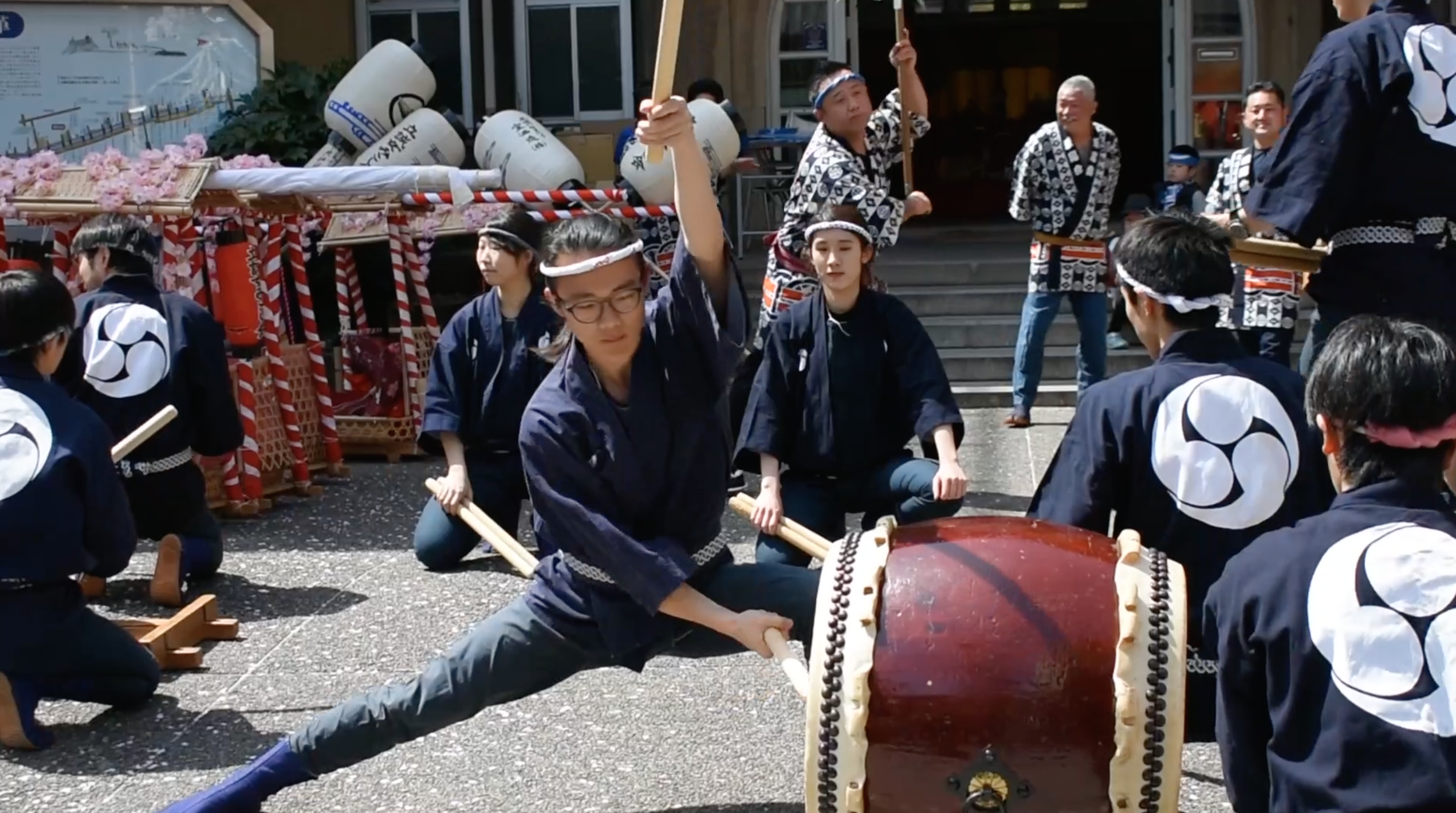For my CIP, I was fortunate to be able to participle in two CIP activities. The first of the two was volunteering as an English language assistant at Hiyoshigaoka high school. I had no idea what to expect going into this CIP, but as soon as I arrived (along with my classmate, Mika, who was also doing the same CIP) we were instantly welcomed by the head teacher of the program, Oe-sensei, and the other JET ALTs. They explained to us how the high school’s English club was run and what our role was, which was to simply converse with the students in English. However, we quickly found out that it wasn’t as easy as it seemed. Although the students were able to use English during times of structured activities, they were often quite reluctant to do so outside of those times. That being said, I have seen the students use English well, so I am sure that had the club been more strict about the use of Japanese, their English would have improved greatly.
The Hiyoshigaoka students were phenomenal at organizing events. While I was there, I was able to participate in two of the events; a Valentine’s Day party and an Aikido lesson. The Valentine’s day party was a lot of fun and the students used a lot of English. For example, two of the activities were “speed dating” and acting out skits, both of which were done completely in English. I was very impressed!
My second CIP was also about teaching English, but with a much younger age group. My host mom is an English teacher, so I was able to help teach her classes, which were from about ages 5 to 10. One of the most interesting things I was able to do for that part of my CIP was to read a children’s book in English while my host mom read the same book in Japanese, taking turns reading each page consecutively. One of the most surprising things I noticed while helping out my host-mom is the accuracy the children’s pronunciation. I was often asked to read a category of words and then the children would repeat the words after me. They always were able to repeat the words perfectly!
By participating in these CIPs, I got to observe how English is taught and studied at both the high school and elementary age. It was very interesting to see how each age group interacted with the language. The younger children where more eager to share their English skills with me, though it was most the at the basic vocabulary level. However, the older student, although they knew much more in terms of grammatical structure as well as vocabulary, seemed more reluctant to converse with me or other native speakers, but did very well when their English skills had to be applied for activities. My favorite English teaching method I got to see was when and ALT at Hiyoshigaoka helped one of the students with the difficult to distinguish syllables such as R vs L, SH vs S, and V vs B. He was able to coach her through the proper mouth and throat movements use to produce each sound, and in just one session, the student improved tremendously!

